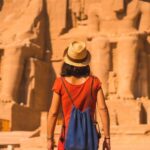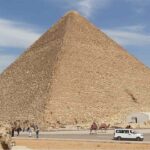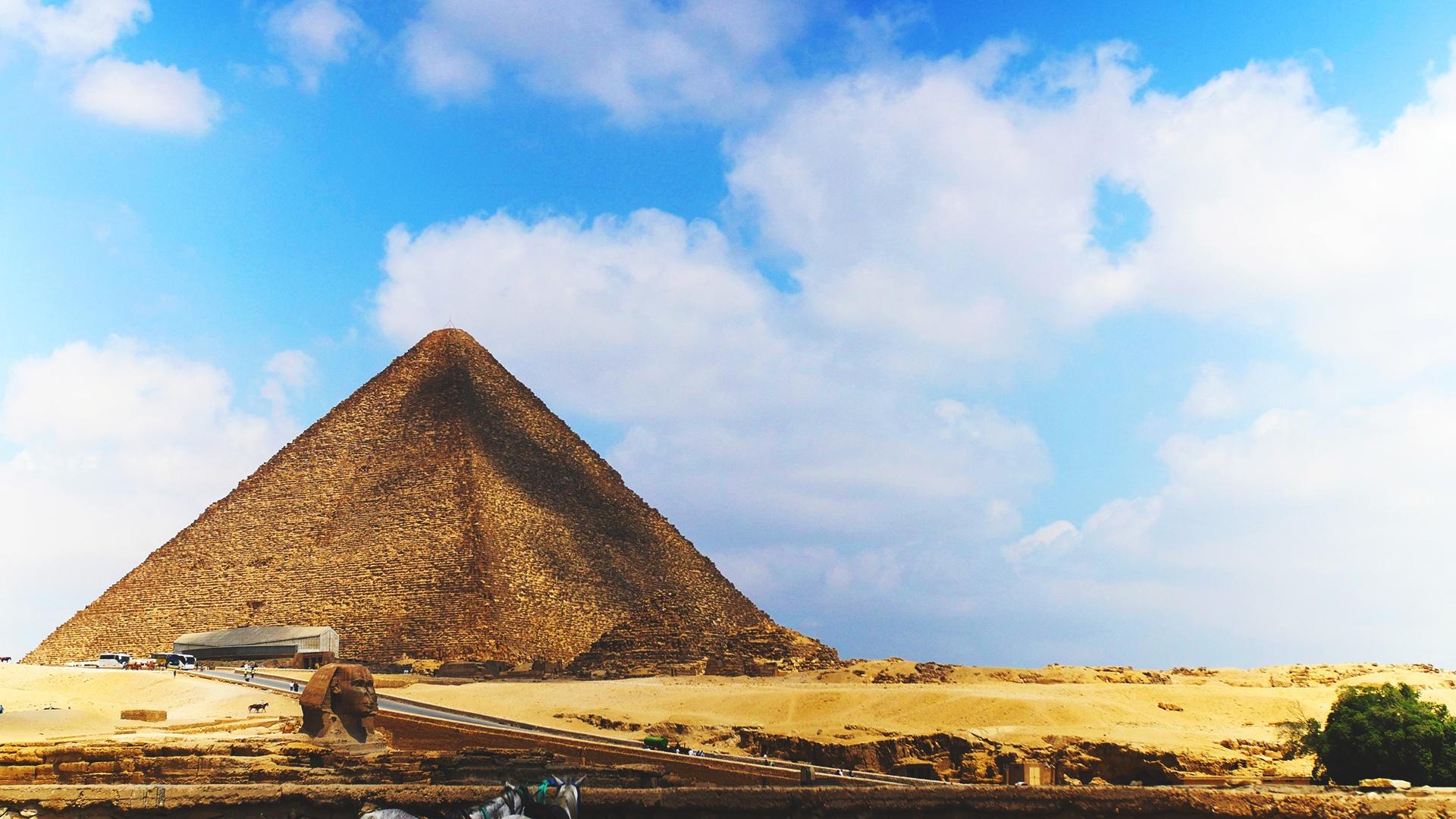
The Ancient Pyramids: A Symbol of Mystery and Fascination
Historical Significance of Pyramids
The ancient pyramids stand as monumental reminders of Egypt’s rich history. These structures were not merely tombs; they symbolized the Pharaohs’ divine power and the Egyptian civilization’s architectural prowess. The Great Pyramid of Giza, for instance, captures the imagination with its intricate design and astronomical alignment. Key points of significance include:
- Burial Sites: The final resting places of pharaohs.
- Cultural Symbols: Representations of Egyptian beliefs and the afterlife.
- Alignments: Precision in orientation to celestial bodies.
Architectural Marvels of Ancient Egypt
When one gazes upon the pyramids, it’s hard not to feel a sense of wonder. The engineering techniques used to construct these architectural wonders were incredibly advanced for their time. The Pyramid of Khufu, the largest of the three pyramids at Giza, showcases:
- Massive Scale: Originally stood at 146.6 meters.
- Complex Construction Techniques: Use of ramps, levers, and skilled labor.
- Enduring Legacy: Influence on later architectural designs around the world.
Visitors often find themselves captivated by not just the structures, but by the stories behind them, igniting a deep curiosity about ancient civilizations.
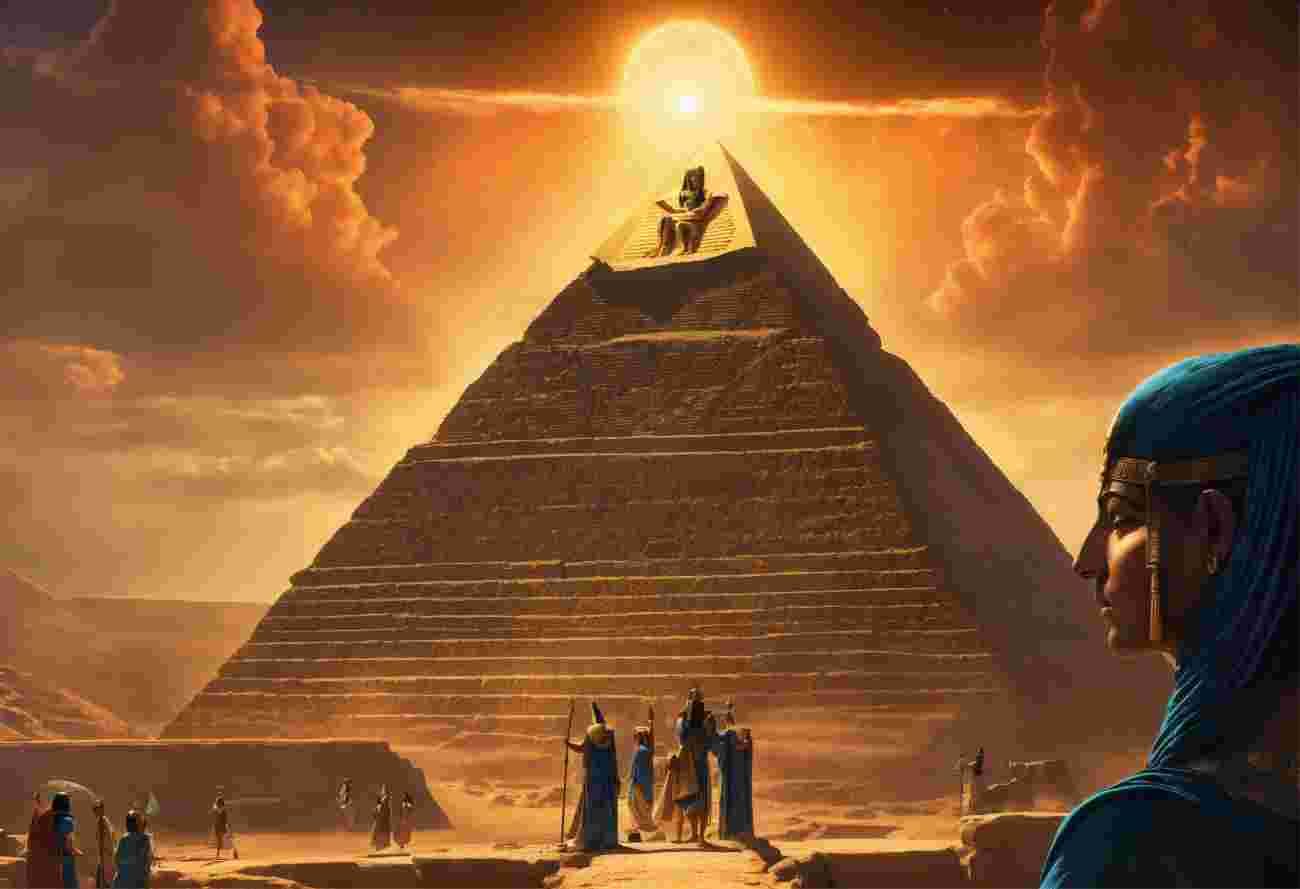
Unraveling the Secrets Behind Pyramid Construction
Techniques and Tools Used in Building Pyramids
Delving deeper into pyramid construction, one cannot overlook the ingenious techniques and tools employed by ancient builders. The sheer scale of the pyramids required innovative solutions. Key methods included:
- Lever Systems: To lift heavy stones.
- Ramps: Ramped designs for transporting stones to higher placements.
- Copper Tools: Early metal tools carved the stones with precision.
These tools, coupled with the knowledge passed down through generations, were pivotal in forming these lasting monuments.
Theories on How the Pyramids Were Constructed
While many techniques have been identified, several theories abound regarding the actual construction process. Some popular theories include:
- Straight Ramp Theory: Suggests a straight ramp leading up to the pyramid.
- Spiral Ramp Theory: Proposes a spiral ramp encircling the structure.
- Water-Based Theory: Hypothetically uses water to reduce friction on the stone blocks.
Each theory has fascinated historians and engineers alike, and while the true process remains a mystery, ongoing research continues to shed light on these ancient techniques.
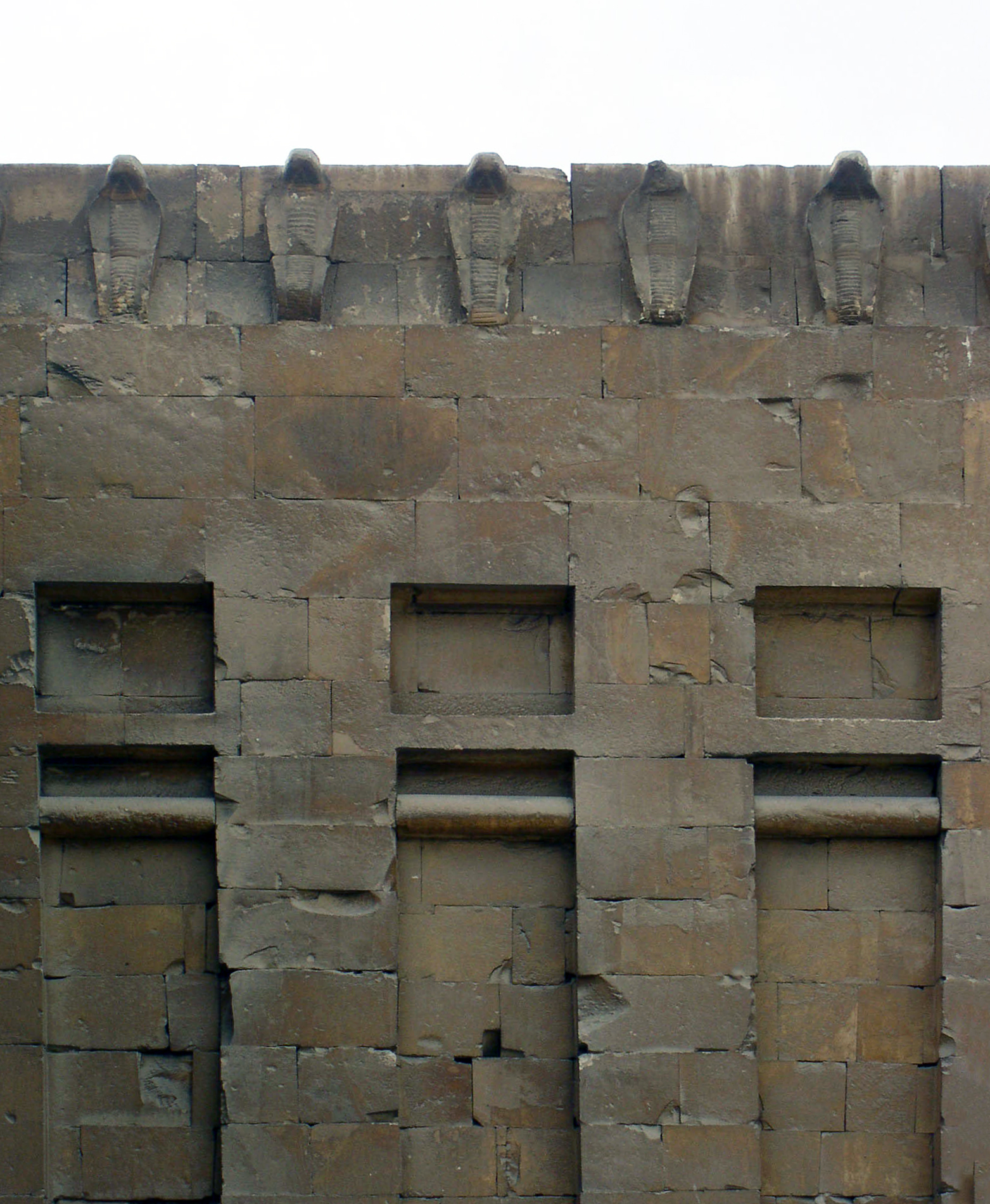
Pyramid Complexes: More Than Just Tombs
Purpose and Function of Pyramid Complexes
Beyond serving as grand tombs for pharaohs, the pyramid complexes played multifaceted roles in ancient Egyptian society. These complexes were designed with intent, encompassing:
- Religious Sites: Spaces for rituals honoring the deceased Pharaoh.
- Administrative Centers: Essential for managing the workforce and resources.
- Cultural Symbols: Representations of a Pharaoh’s power and connection to the divine.
These complexes functioned as an enduring legacy, showcasing the rich cultural and spiritual life of ancient Egypt.
The Hidden Chambers and Passageways Within Pyramids
Exploring the interiors of these majestic structures reveals a labyrinth of chambers and passageways, often designed to perplex would-be tomb robbers. Among the most fascinating aspects are:
- Grand Gallery: A sloped corridor leading to the King’s Chamber.
- Air Shafts: Ingeniously aligned with celestial bodies.
- Secret Chambers: Some, like the recently discovered voids, hint at undiscovered mysteries.
Each passage whispers tales of ritual, protection, and the afterlife, inviting endless curiosity about their true purpose.
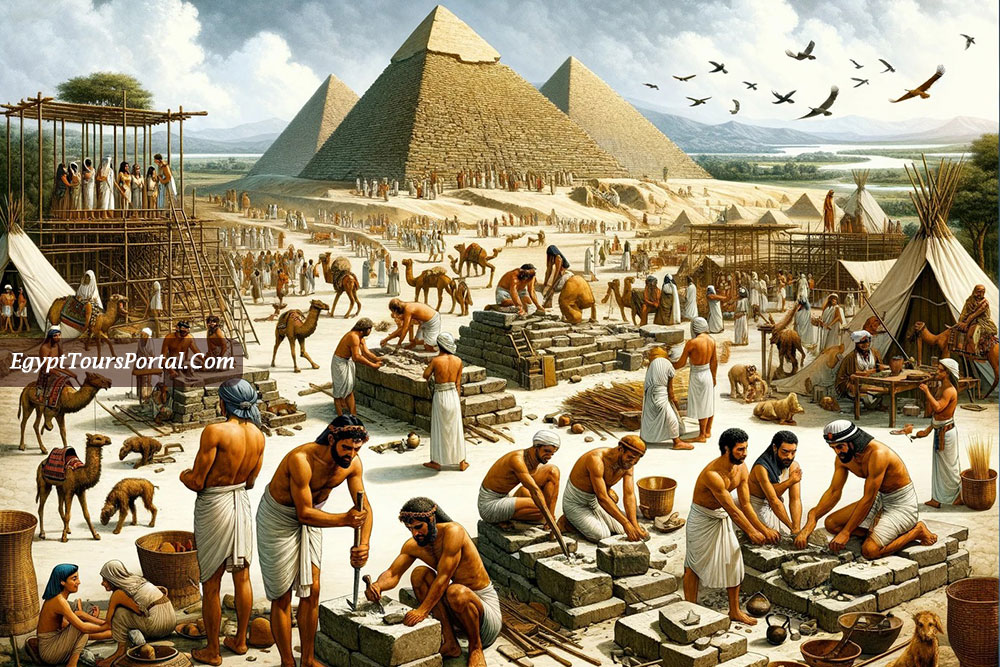
The People Behind the Pyramids
Roles of Different Social Classes in Pyramid Construction
The construction of pyramids was not the feat of a singular group; it involved various social classes, each playing a crucial role. The intricate hierarchy included:
- Pharaohs: Visionaries who commissioned these grand projects.
- Nobles and Administrators: Orchestrated logistics and resource management.
- Skilled Laborers: Artisans and builders who crafted the pyramids.
This collaboration showcased a society where each class contributed to an extraordinary communal goal, uniting their skills.
Stories of the Laborers and Workers Involved in Building Pyramids
Among these groups, the laborers, often thought to be slaves, were actually skilled workers who took pride in their contributions. Evidence suggests they enjoyed certain rights and benefits, including:
- Work Crews: Organized groups where camaraderie flourished.
- Healthcare: Medical care was provided for injuries sustained on-site.
- Community Festivals: Celebrations that honored their hard work, fostering a sense of belonging.
These laborers’ stories reveal a more complex narrative, demonstrating resilience and dedication that transformed their society and continues to inspire today.

Mysteries and Legends Surrounding the Pyramids
The Curse of the Pharaohs
The idea of a “Curse of the Pharaohs” has captivated many, particularly following the discovery of King Tutankhamun’s tomb. Stories emerged suggesting that those who disturbed the tombs would face dire consequences. Key elements include:
- Mysterious Illnesses: Some treasure hunters reported strange ailments after entering tombs.
- Superstitions: Fear of retribution from the ancient spirits kept many at bay.
These tales blend history with the supernatural, creating a captivating urban legend around the pyramids.
Extraterrestrial Theories Related to Pyramids
Adding to the intrigue, some theories propose that extraterrestrial beings played a role in constructing the pyramids. Advocates of this idea argue that:
- Advanced Engineering: The precision and scale of the structures are often deemed beyond ancient human capabilities.
- Ancient Astronaut Hypotheses: Suggest ancient civilizations received knowledge or technology from visits made by aliens.
While these theories spark lively debate, they also reflect humanity’s fascination with the unknown and our search for answers beyond our earthly bounds.
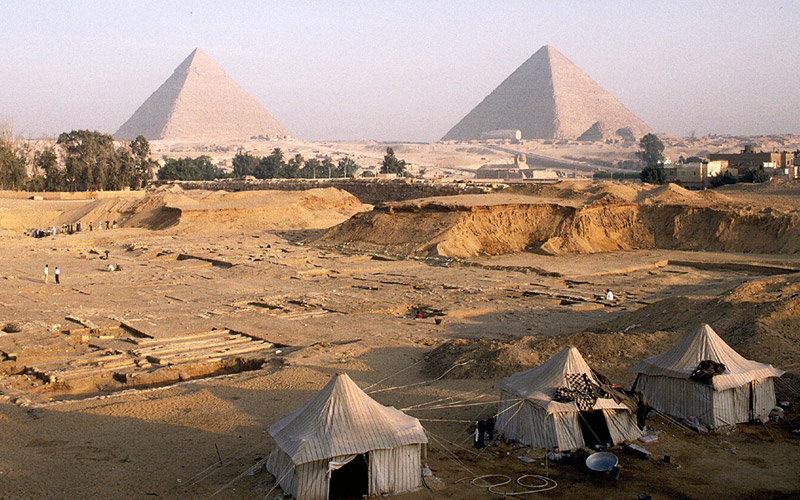
Modern Discoveries and Ongoing Research
Groundbreaking Archaeological Finds Near Pyramids
In recent years, archaeology has blossomed around the Great Pyramids, yielding remarkable discoveries that deepen our understanding. Noteworthy finds include:
- Ancient Workers’ Villages: Locations where laborers lived during construction, revealing social structures of the time.
- Burial Sites: The graves of officials and laborers provide insights into their lives and beliefs.
These discoveries not only enrich historical narratives but also illustrate the complex society behind these ancient monuments.
New Technologies Shedding Light on Pyramid Mysteries
Alongside these findings, advanced technologies have become invaluable tools in pyramid research. Techniques such as:
- Ground-Penetrating Radar (GPR): Reveals hidden chambers and voids without excavation.
- 3D Mapping: Allows researchers to visualize the structures in unprecedented detail.
These sophisticated methods continue to unveil secrets, offering new perspectives on how these architectural wonders were conceived and constructed. Such innovations remind us that the story of the pyramids is far from over.

Preserving and Protecting the Pyramids for Future Generations
Challenges in Conservation Efforts
As guardians of ancient history, the pyramids face various challenges in conservation. Factors like:
- Environmental Erosion: Wind and sand slowly wear away the stone surfaces.
- Tourism Impact: Increased visitor traffic can lead to structural stress and wear.
- Urban Development: Nearby construction threatens the surrounding landscapes.
These challenges necessitate continuous vigilance and innovative preservation strategies to safeguard these irreplaceable monuments for future generations.
The Importance of Cultural Heritage Preservation
Preserving the pyramids goes far beyond maintaining stones; it encompasses protecting an entire cultural heritage. This preservation is crucial because:
- Historical Understanding: Provides insight into ancient civilizations and their contributions.
- Cultural Identity: The pyramids symbolize national pride and continuity for the Egyptian people.
- Educational Value: Serving as a learning platform about history, architecture, and archaeology.
By investing in conservation efforts, humanity ensures that these magnificent structures continue to inspire awe and wonder for generations to come.







